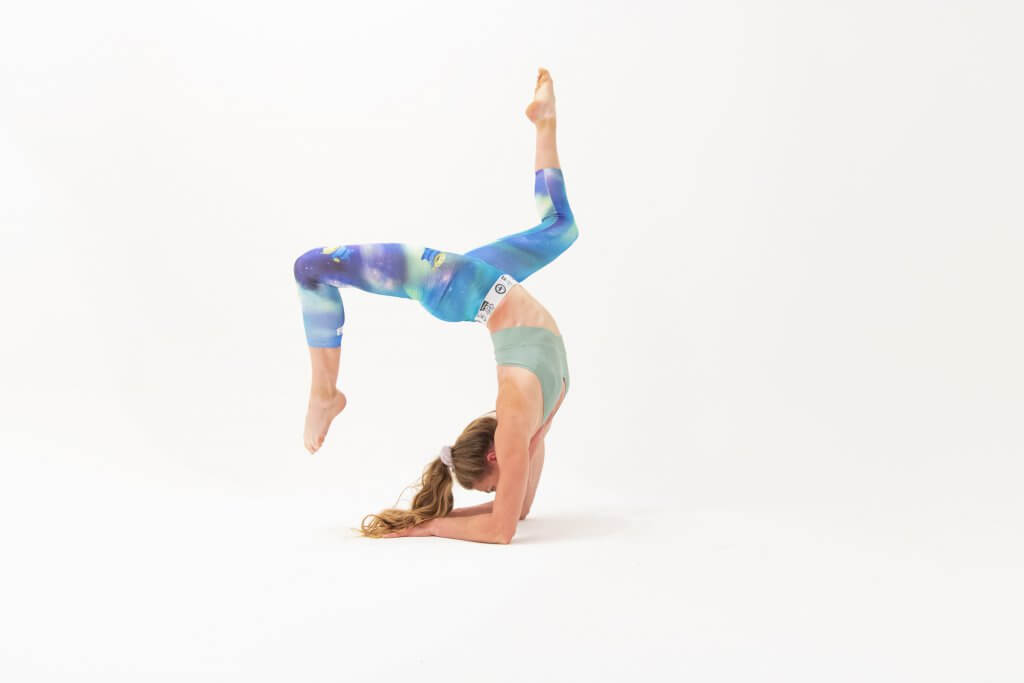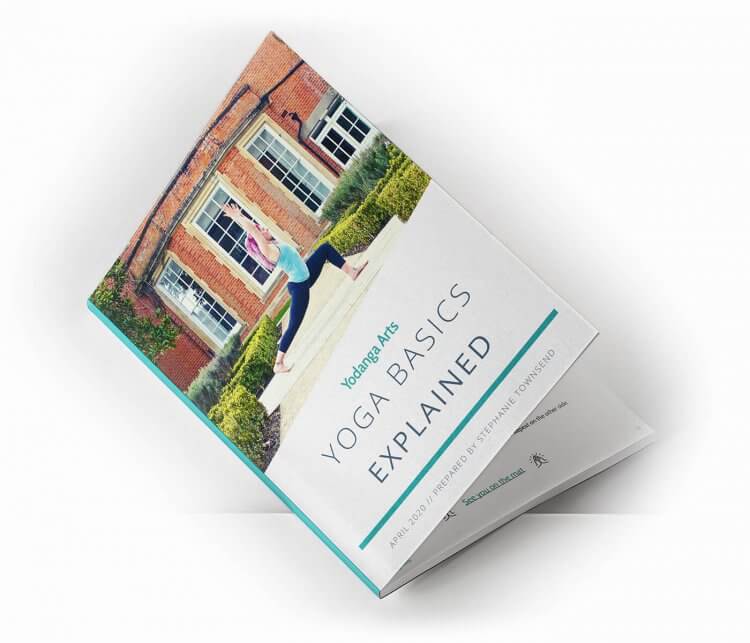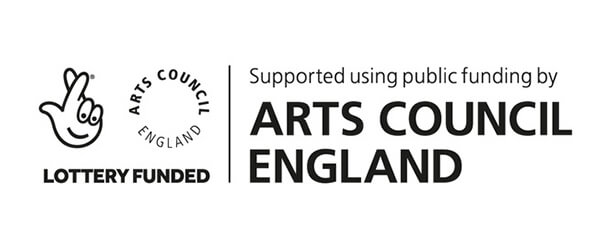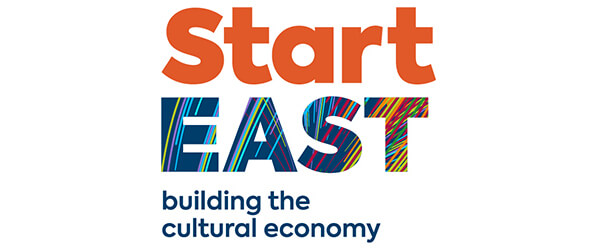Yoga – What style is best for you?
8th May 2016

Nowadays there are SO many different styles of yoga it can be somewhat daunting knowing what style would suit you best and what class to go to. We have taken the time to briefly describe some of the most well known Yoga styles, in hopes that it will help you find a style & class that you LOVE.
Happy reading!!
Hatha
Hatha yoga is a phrase used to describe any physical yoga practice; it mainly refers to the asana (yoga poses). Hatha has been described by many, as a stress reducing practice and is usually seen to be a gentle form of yoga even though its translation from Sanskrit means ‘forceful’.
A Hatha Yoga class usually consists of structured poses that aim to help each individual achieve ‘purification’ of the mind and body and gain control of the energy and breath. This style of yoga also has an important and specific focus on physiology, fixation of the elements and concentration on the internal sound.
If you are interested in learning more about the history and development of Hatha Yoga, check out this great blog post written by yogi & mystic, Sadhguru.
http://isha.sadhguru.org/blog/yoga-meditation/demystifying-yoga/hatha-yoga-benefits/
Vinyasa
Vinyasa means ‘breath-synchronised movement’ and is an umbrella term which describes a flowing sequence where the breath and movement work alongside one another.
Vinyasa is a style in itself which has been incorporated into a variety of other yoga styles. The synchronisation of breath and movement are commonly used, within other styles, during the sun salutation section at the beginning of a class. This helps to generate heat and allows the body to become ready for the postures that are to follow.
There are many benefits for participating in this style of class. Physically, sweating will get rid of unwanted toxins and the synchronised breathing will relax the mind and unblock the flow of energy throughout the body.
For a more in-depth look at this particular yoga style, this article by Ekachakra is a great place to start.
https://yogaisforlovers.wordpress.com/2007/01/10/what-is-vinyasa-flow-yoga/
Ashtanga
This method of yoga involves synchronising the breath with a progressive series of postures. The breath is used to produce internal heat throughout the class. The focus on raising the body temperature is greater in Ashtanga as a purifying sweat that can detoxify the muscles and organs is hopefully achieved.
Ashtanga uses one of the main features of the Vinyasa yoga style, which is where the breath and movement are used together in synchronisation. Using the breath as well as the vigorous and athletic style, Asthanga builds strength, stamina and flexibility by jumping from posture to posture through a series of flowing asanas.
Ashtanga is relates to Sivananda yoga due to their similar structure, however there are six different Ashtanga series. These series come under the names of Yoga Chikitsa: the primary series, Nadi Shodana: the second series and Sthira Bhaga: the four advanced series.
For everything you need to know about Ashtanga Yoga and more, check out all of the helpful information on the Ashtanga website.
http://www.ashtanga.com/default.html
Sivananda
As a style, Sivananda uses a slight slower pace, repetition of poses and has a direct focus on maintaining the body’s vitality.
This particular style was developed by Swami Sivananda and focuses upon the Five Points of Yoga which are proper exercise, proper breathing, proper relaxation, proper diet and positive thinking. A typical Sivananda yoga practice consists of Savasana, Pranayama, Sun Salutations, twelve Asanas and another Savasana.
Relaxation in between each asanas is essential, to reduce the build up of lactic acid in the muscles and to allow energy to recharge the body.
The Pranayama section in Sivananda is incredibly important as it helps each individual to find a calm mental attitude, increase their energy levels and relax their minds. This is found to be rather desirable in todays current climate where many people are leading busy and stressful lives.
If you are up for reading some more about Sivananda, here is a fab blog post to allow you to delve deeper.
https://sitayoga.wordpress.com/sivananda-yoga-tradition/
Iyengar
Iyengar was developed by BKS Iyengar who is honoured worldwide for his understanding and teaching of the art and science of yoga.
The Iyengar style of yoga focuses upon the correct alignment of the body. Once the correct alignment has been achieved, participants will be able to reach the maximum benefit in each and every pose. Each pose is held for a long period of time and teachers will help participants to correct their posture during each asana.
BKS Iyengar is credited for introducing the use of equipment in yoga. This use of equipment is extremely beneficial as they help participants to find precision in each pose and put less stress on the muscles and joints. Blocks, bolsters and straps are available for participants to use so that they are able to find the correct alignment with greater ease. The blocks and bolsters help to support the body in a variety of poses and the straps aid flexibility and can also help individuals who have Multiple Sclerosis or Arthritis.
For those of you who are interested in learning more about Sivananda, the Yoga Journal features some incredible articles that tell you everything you need to know.
http://www.yogajournal.com/category/yoga-101/types-of-yoga/iyngar/
Kundalini
Kundalini Yoga mainly focusses upon freeing the energy in the lower body by using physical movement and breath. There is also a focus upon allowing the energy to move upwards and awakening the seven chakras. Additionally, in a Kundalini class you will also use chanting to focus on meditation.
Kundalini features a number of set asana series which are called ‘Kriyas’. These are repetitive and fast movements that are practiced alongside energy-freeing breathing techniques.
For further and a more in-depth description of what Kundalini Yoga can offer you, please take a few minutes to read this post by the Kundalini Yoga Teachers Association.
http://www.kundaliniyoga.org.uk/information/what-is-kundalini-yoga
Bikram
Bikram Yoga is a form of Hot Yoga and was created by Bikram Choudhury. This particular style was developed from traditional Hatha Yoga techniques.
A Bikram class usually runs for 90 minutes where the same series of 26 postures and 2 breathing techniques are used. As a style of Hot Yoga, classes will ideally be held in rooms that are up to 40°C and have a humidity percentage of 40%. Using the combination of these postures, breath and heat the body is able to stretch deeply, detoxify, relieve stress and even help to heal chronic pain from arthritis, joint aches and knees injuries etc…
If this style of hot yoga has sparked your interest, find out more about it here:







